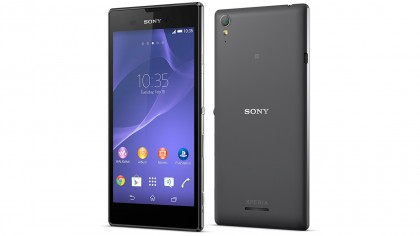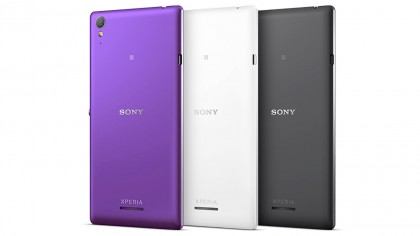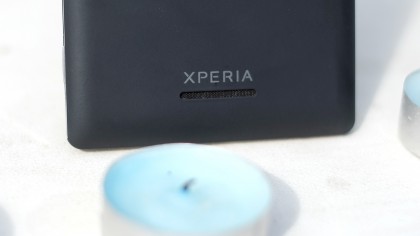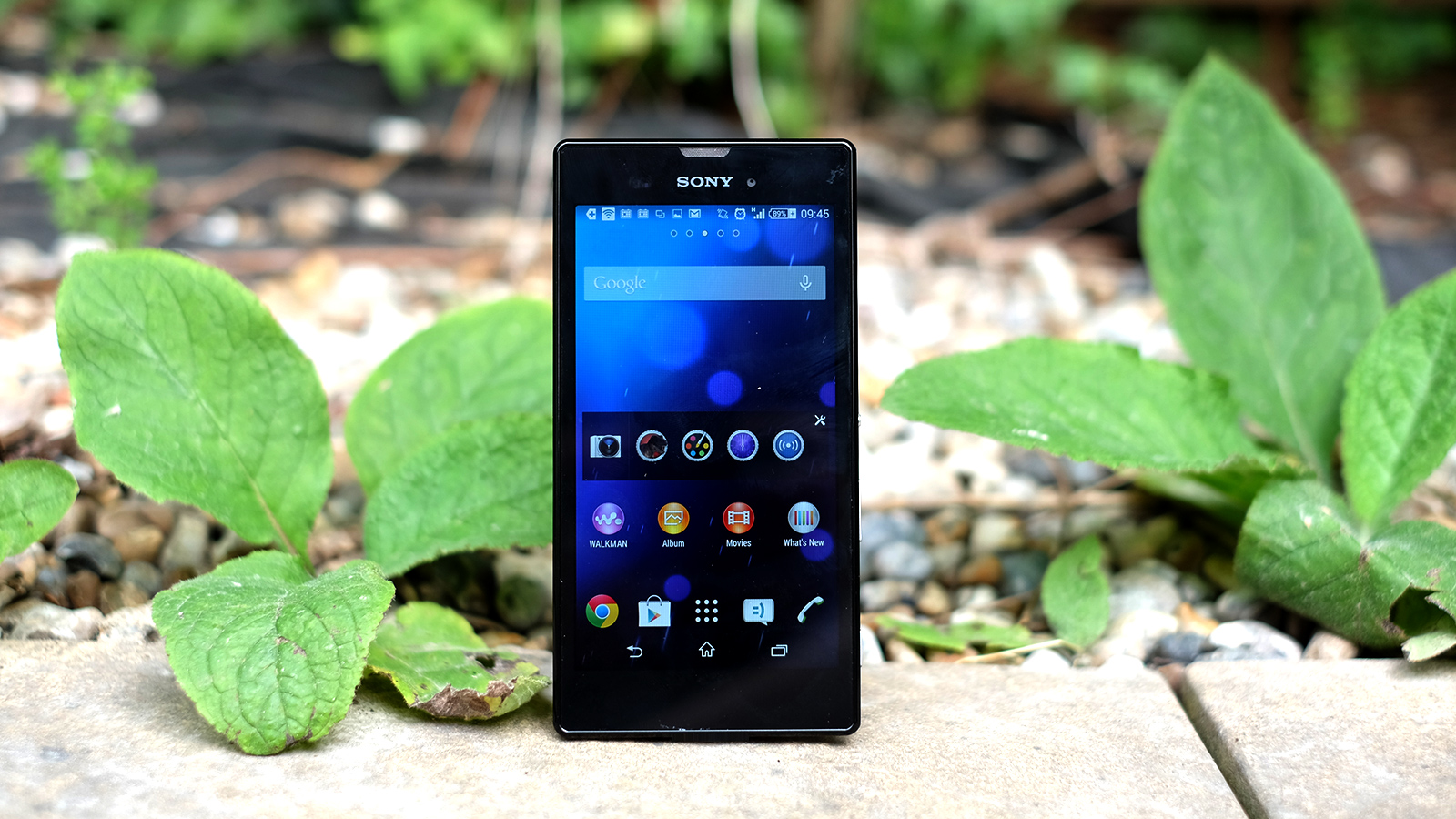Why you can trust TechRadar
As the Sony Xperia T3 is basically a cut-down version of the Sony Xperia Z2 with a lower price point you have to wonder – what exactly are we missing out on?
Let's start with the extras you do get. The Xperia T3 has a nice-looking multi-colour notification LED that's a cut above the very basic one of phones like the Xperia E1.
There's also NFC to add to the list of wireless connectivity types that are more-or-less assumed – Wi-Fi (up to the n standard), Bluetooth 4.0 and GPS.
As already mentioned, the Sony Xperia T3 also gets you a microSD card slot. If anything these are more common in cheaper phones than expensive ones as a lack of internal storage virtually mandates one.

Most important of the lot, though, is 4G. While it's rapidly becoming standard in mid-range phones, 4G still gives the Xperia T3 an essential bit of future-proofing. It uses Cat4 LTE, which is more than capable of the sorts of maximum speeds 4G networks currently dole out.
Unfortunately the roll-call of things the Sony Xperia T3 misses out on is a bit longer than its noteworthy inclusions.
Internal storage is pretty low at just 8GB. It wouldn't be too much to ask Sony to include 16GB in this phone, even if there is a microSD slot. After all, not all games can simply be plonked onto SD memory.
After the Xperia T3's software has eaten away at the storage, you get around 4GB to play with. TechRadar's standard test games alone gobble up a couple of these.

At the same price, the LG G3 gets you 16GB memory, and you can even get the 32GB Nexus 5 for less if you shop around.
My next moan is about RAM. The Xperia T3 has just 1GB of RAM where others at the price have 2GB. Heck, the Xperia Z2 has 3GB. The importance of RAM is hard to quantify in simple terms – you don't fill it with games like conventional storage, but it gets eaten away at whenever your phone runs any sort of app process, and when you run low your phone runs as slow as an asthmatic couch potato.
Its impact will be longer-term, and it will limit how much punishment you can give the Xperia T3 – how many apps you can install before it starts wheezing.
There's also no IR transmitter. You get one in some phones at this price (again see the LG G2), and they let you send the same sort of signals as home entertainment remote controls. Ever had a Logitech Harmony remote? It's like that. Not had one? It means your phone can control your whole lounge's setup.

An IR transmitter is far from an essential feature, but it's a sign that all the little extras have been stripped from the phone.
The final bit of lovely Xperia gloss missing is the stereo speaker array you get in an Xperia Z2. Instead, there's a rather more standard mono speaker on the back.
It doesn't get you a nice stereo image, and the tone is typical of a slim smartphone – it's fairly thin, very bass-light, but offers decent volume in its class. It's not bad, just ordinary.
HTC set the bar for speakers in this sort of big-screen, mid-range class with the HTC Desire 816, which has the same beefy BoomSound speakers as the HTC One M8 and HTC One Mini 2.
The missing bits of the Sony Xperia T3 will make the phone seem a little basic to the enthusiastic Android fan. I don't think that they're too drastic cuts for the more casual user, but when you consider how much we're being asked to pay, I'm not convinced the equation entirely adds up.
Andrew is a freelance journalist and has been writing and editing for some of the UK's top tech and lifestyle publications including TrustedReviews, Stuff, T3, TechRadar, Lifehacker and others.

